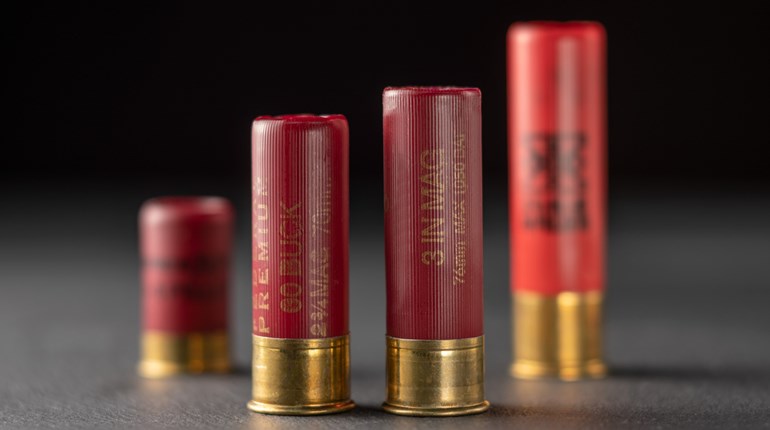
At the risk of sounding elitist, I’d venture that most readers of this magazine could buy a Mossberg 500 if they wanted one. It’s an inexpensive pump-action shotgun that’s perfect for home defense—for most people in most scenarios. But, most people aren’t all people.
Let’s take my precious, petite, 75-year-old mother. A widow now, she’s still in good health mentally and physically. She lives by herself in the country, however, and she is vulnerable. She understands the value of a firearm for protection, but both she and I have come to the reality that she’s not going to practice with one much—if at all—so most firearms are simply too complicated for her, what with magazines, safety buttons and slide releases. That’s doubly so if she finds herself under pressure in the middle of the night.
There is one firearm, however, she can handle due to its light weight and simplicity, and one that will give her a better chance of hitting something than a small revolver. That is my father’s 20-gauge, double-barrel shotgun. The 6-pound Ithaca side-by-side has a single trigger, a tang safety and a huge HiViz sight pipe at the end of its 22-inch barrels. The way I figure it, mom may only have two shots, but the mere fact that she’s got a shotgun in her hands and twin loads of No. 3 buckshot may give her a fighting chance.
Fact is, double-barrels can be used effectively for defense, but if you choose one, you should at least know how to maximize its effectiveness. As I discovered years ago when I took my first shotgun class, just because I hunted with a double gun for years doesn’t automatically translate to ideal defensive manipulations.
For tactical applications, grip the gun by wrapping the fingers and thumb of the support hand around the metal of the barrels as far toward the muzzle as comfortable. You are not swinging with a bird, but rather trying to keep the barrels down to get off an accurate second shot quickly. In fact, you may not touch the fore-end at all; the goal is to get a powerful grip on the barrels to control recoil.
Tactical reloading of a double barrel means keeping the gun in the shoulder pocket in the shooting position while sliding the action lever with your trigger-hand thumb, then finding two shells from your carrier, closing the action using leverage from both hands and firing again. Practice builds smoothness and speed. Some guns that feature automatic ejectors may require leverage to open the gun rather than just gravity, and if that’s the case, you’ll need to figure out a quick way to do so while moving the gun from the shooting position as little as possible. Hopefully your double has a manual safety, but many are automatic. If yours is automatic, be aware that after each reload, you’ll have to push the safety forward. The only way to ingrain this into muscle memory is by practice.
If the gun has extractors only, you’ll have to pluck spent cases out with your trigger hand. See if you can remove both shells at once. If it has automatic ejectors, the shooter should know if those empty hulls will fly overhead as it’s mounted on the shoulder, or if they’ll strike the defender in the eye or forehead. If the latter, care should be used to roll the gun to the side as the action is opened.
Aftermarket accessories like a simple butt sleeve to hold extra shells will make reloading quicker by holding them in the same place and orientation every time. A dab of white or glow-in-the-dark nail polish on the brass bead (if it doesn’t have a fiber-optic sight) can also help aiming when the chips are down.
Other questions you should answer before depending on a double-barrel shotgun for defense include: Are the most-open chokes installed in the gun, if it has removable choke tubes? Will the gun stand up to a full charge of modern 00 buckshot? Does it print its pattern where it’s aimed and deliver a decent pattern at defensive distances? Is it oiled and lubed?
These are all things that the average “I’ll just grab the double barrel and open fire” person should know prior to actually using such a gun to defend the home. For this person, after the two shots are fired, the shotgun in their hands becomes a rather poor club if they don’t have the means or skills to reload it in a hurry.
That said, the old double barrel does have a couple of advantages. First, it’s simple. Even those who cannot invest the time to learn how to run a semi-automatic can quickly understand the double’s operating procedure, which is: push the safety, pull the trigger (twice if needed), push the lever and stuff the barrels with two fresh loads.
The second advantage is that a double gun, with very few moving parts, is about as reliable as a firearm can get.
While it may not be my first choice, plenty of people have and still do rely on double-barrels to defend their homes. It will always be a formidable defensive arm—especially in trained, practiced hands.




































